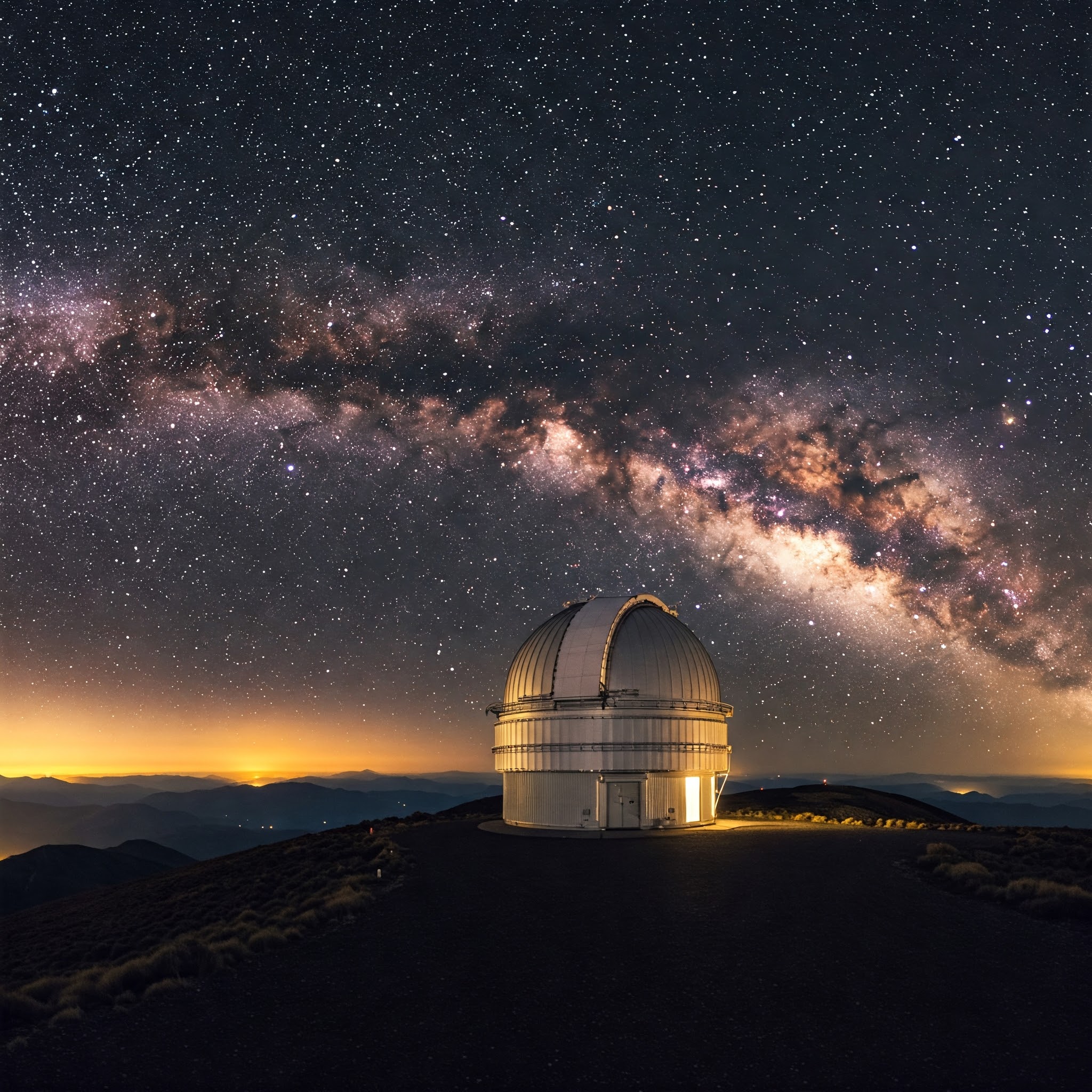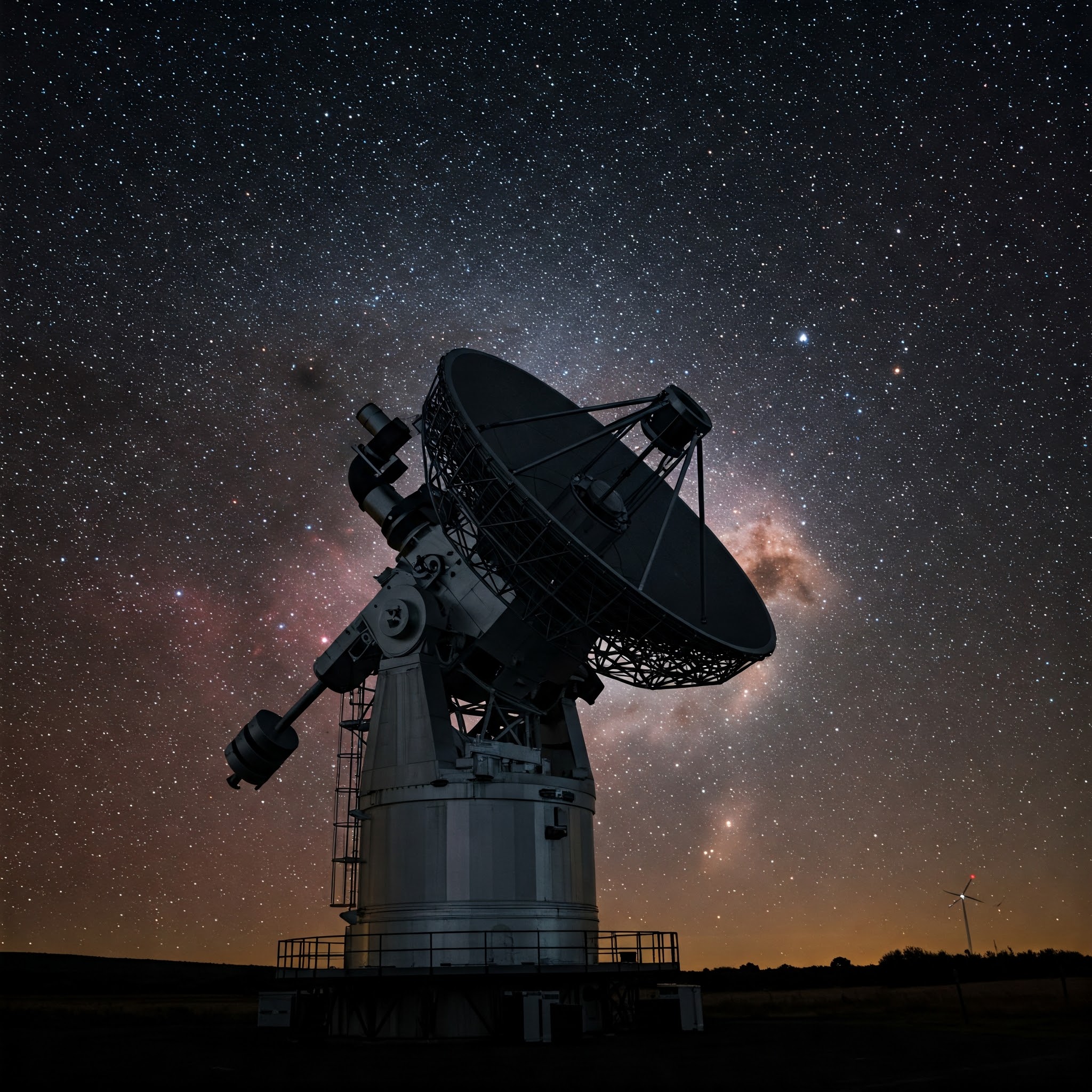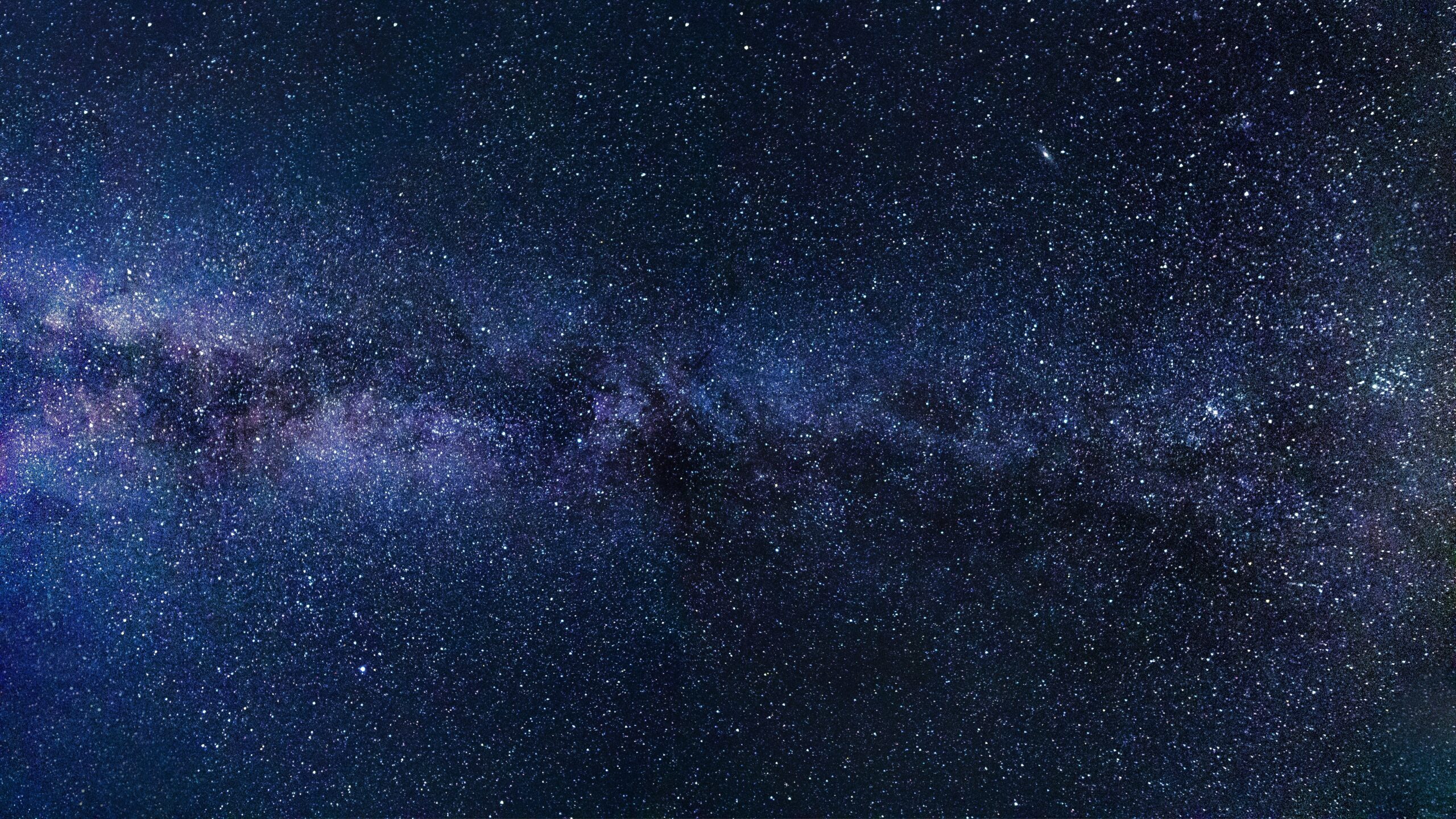Why LEH is Perfect for Stargazing?
- High Altitude – Leh is located above 10,000 ft, which offers a thinner atmosphere, making it perfect for stargazing
- Zero Light Pollution – Remote locations like Hanle and Nubra Valley provide pitch-dark skies.
- Dry Climate – Less humidity means sharper night sky views.
Ladakh is a paradise for stargazers! With high altitudes, crystal-clear skies, and minimal light pollution, it offers some of the best night sky views in the world. Whether you're an amateur sky-watcher or a professional astro photographer, this guide will help you experience the magic of the cosmos.
Best Places for Stargazing in LEh, Ladakh
- Hanle Observatory – One of the highest observatories in the world, ideal for deep-space observation.
- Pangong Lake – A stunning location where stars reflect on the water.
- Tso Moriri – A quiet and remote spot with clear views of the Milky Way.
- Lamayuru Monastery – A magical view of the night sky above ancient Buddhist architecture.


How to Make the Most of Your Stargazing Trip
Visit during New Moon nights for the darkest skies, as minimal moonlight enhances visibility of the Milky Way and distant celestial objects.
Use a sky-watching app like SkyView or Stellarium to easily identify constellations, planets, and deep-sky objects in real-time.
Bring a telescope or binoculars for a closer look at planets, galaxies, and star clusters—Jupiter’s moons and Saturn’s rings are breathtaking!
Dress in warm layers and carry thermal gear as nighttime temperatures in Ladakh can drop significantly, even in summer. Gloves, hats, and insulated jackets are highly recommended.
Choose a high-altitude, remote location like Hanle or Pangong Lake for the best stargazing experience, as these areas have minimal light pollution.
Practice night photography techniques if you want to capture the beauty of the cosmos. A tripod and a fast wide-angle lens (like 14mm f/2.8) will help in getting sharp long-exposure shots.
Acclimate to the high altitude before venturing out for extended stargazing sessions, as Ladakh’s thin air can make physical exertion difficult.
